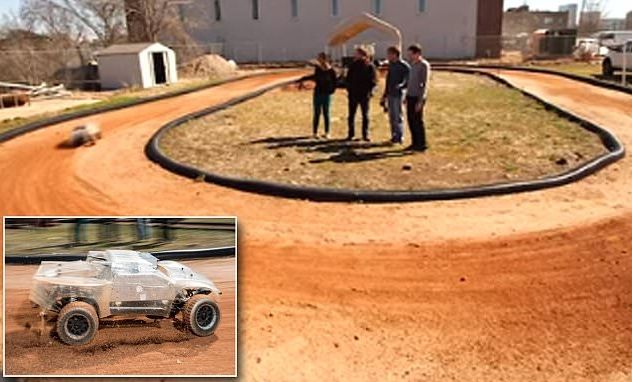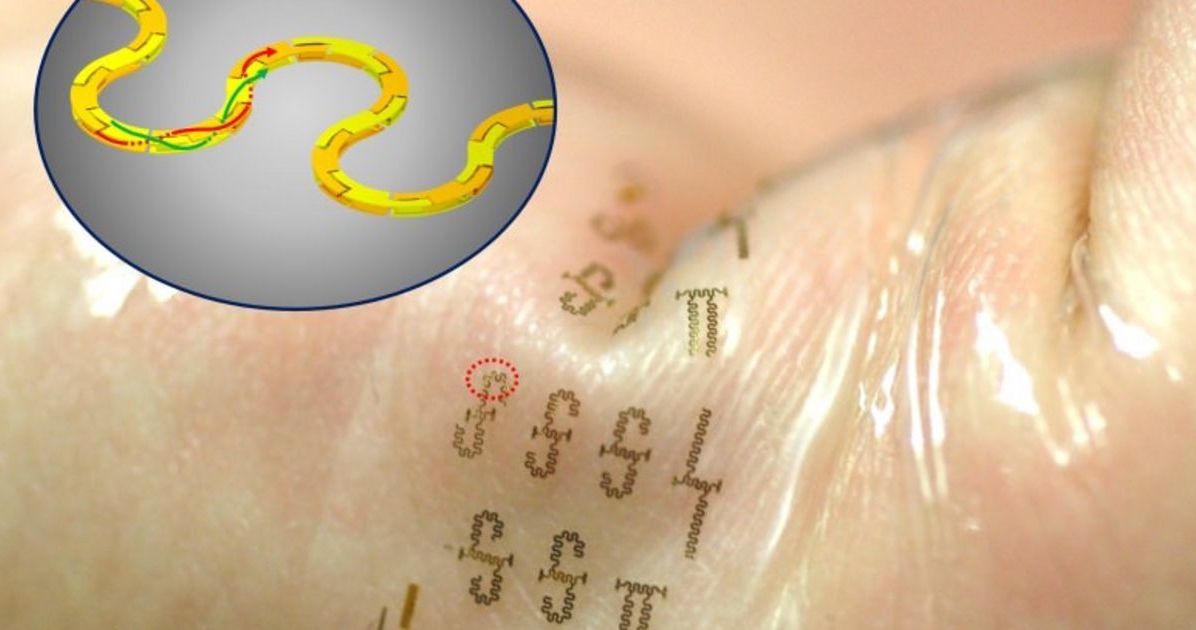Page 10638
Jun 1, 2016
Graphene That Behaves Like Water Can Pave Way For Chips That Can Model Black Hole, Supernova Behaviors
Posted by Shailesh Prasad in categories: computing, cosmology, particle physics
Researchers used high-purity graphene and observed for the first time that its charged particles behave like fluid with relativistic properties. This discovery holds promise for thermoelectric devices as well as for studying the behavior of black holes and celestial bodies.
( Peter Allen/Harvard SEAS )
Electrons in graphene appear for the first time to behave like a liquid, potentially leading to devices that can efficiently convert heat to electricity and chips that can precisely model the behavior of black holes and high-energy celestial objects.
Jun 1, 2016
Here’s why the inventor of the Internet supports basic income
Posted by Shailesh Prasad in categories: economics, employment, internet, robotics/AI
With the robot economy looming large in the coming decades, one solution to vanishing jobs may simply be to give people money regardless of whether or not they work.
That idea is called “basic income,” and it just gained the support of one of the tech world’s founding fathers, Internet inventor Tim Berners-Lee.
“I think a basic income is one of the ways of addressing massive global inequality,” Berners-Lee, who founded the Web in 1989, explained on a recent episode of The Economist podcast.
Continue reading “Here’s why the inventor of the Internet supports basic income” »
Jun 1, 2016
Forget self-driving cars: What about self-flying drones?
Posted by Shailesh Prasad in categories: drones, robotics/AI, transportation
While all the focus has been on autonomous vehicles, one Belgian startup has been busily developing self-flying features for drones.
Jun 1, 2016
Asus Has Unveiled A New, Adorable Robot Butler
Posted by Shailesh Prasad in categories: habitats, robotics/AI
Jun 1, 2016
Researchers create high-speed electronics for your skin
Posted by Shailesh Prasad in categories: biotech/medical, electronics, habitats, internet, mobile phones, wearables
Make no mistake, today’s wearables are clever pieces of kit. But they can be bulky and restricted by the devices they must be tethered to. This has led engineers to create thinner and more powerful pieces of wearable technology that can be applied directly to the skin. Now, researchers at the University of Wisconsin-Madison, led by Zhenqiang “Jack” Ma, have developed “the world’s fastest stretchable, wearable integrated circuits,” that could let hospitals apply a temporary tattoo and remove the need for wires and clips.
With its snake-like shape, the new platform supports frequencies in the .3 gigahertz to 300 gigahertz range. This falls in what is set to become the 5G standard. For a mobile phone, 5G enables faster speeds and greater coverage, but with epidermal electronics, engineers have discussed the possibility that wearers could transmit their vitals to a doctor without having to leave their home.
While the idea isn’t unique, the integrated circuits created by Ma and his team have a much smaller footprint than those developed by other researchers. Earlier transmission lines can measure up to 640 micrometers (or .64 millimeters), but UW–Madison’s solution is just 25 micrometers (or .025 millimeters) thick. The Air Force Office of Scientific Research also supports Ma’s research, suggesting that his wearable breakthroughs may help pilots of the future.
Continue reading “Researchers create high-speed electronics for your skin” »
Jun 1, 2016
Artificial intelligence should be protected
Posted by Shailesh Prasad in categories: computing, ethics, law, robotics/AI
With huge leaps taking place in the world of artificial intelligence (AI), right now, experts have started asking questions about the new forms of protection we might need against the formidable smarts and potential dangers of computers and robots of the near future.
But do robots need protection from us too? As the ‘minds’ of machines evolve ever closer to something that’s hard to tell apart from human intelligence, new generations of technology may need to be afforded the kinds of moral and legal protections we usually think of as ‘human’ rights, says mathematician Marcus du Sautoy from the University of Oxford in the UK.
Du Sautoy thinks that once the sophistication of computer thinking reaches a level basically akin to human consciousness, it’s our duty to look after the welfare of machines, much as we do that of people.
Continue reading “Artificial intelligence should be protected” »

New glass walkway in China https://www.facebook.com/thisis/videos/1552846968356029/
This new glass platform in China will terrify anyone afraid of heights.
Jun 1, 2016
Microsoft and Facebook want to lay over 4,000 miles of cable beneath the ocean
Posted by Shailesh Prasad in category: futurism
Jun 1, 2016
Liquid armor and tiny high power engines will be in 2018 special forces exoskeleton prototypes
Posted by Klaus Baldauf in categories: cyborgs, energy
US Special Ops Command plans to have some initial TALOS exoskeleton suit prototypes by 2018.
Progress is being made on exoskeletons for US special forces. The exoskeletons are designed to increase strength and protection and help keep valuable operators alive when they kick down doors and engage in combat.
The technologies currently being developed include.

















